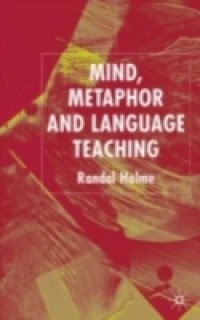Metaphor has become a topic of enormous research interest. It is now treated as central to our grasp of abstract meaning while providing insights into such important topics as the nature of learning and language change. It has also become part of that larger study of language and mind known as Cognitive Linguistics. However, metaphor studies have had little to say about the way teachers present language to their students or how they should view the processes of language learning to which they are trying to appeal. This book explores how these insights into figurative language can reshape what teachers do in the classroom. It reveals why some well-known methods work while others do not. Rejecting prescriptive pedagogical formulae, it recounts classroom episodes that help teachers rethink their own practice. Finally, the book sets out how we can use these episodes to re-appriase language learning theory in a way that treats it as consonant with the cognitive nature of language.

